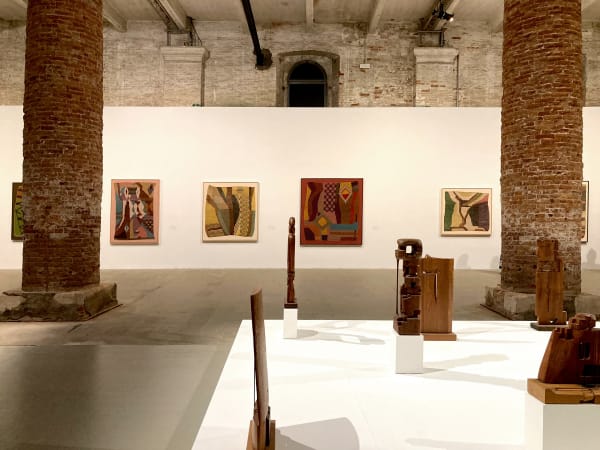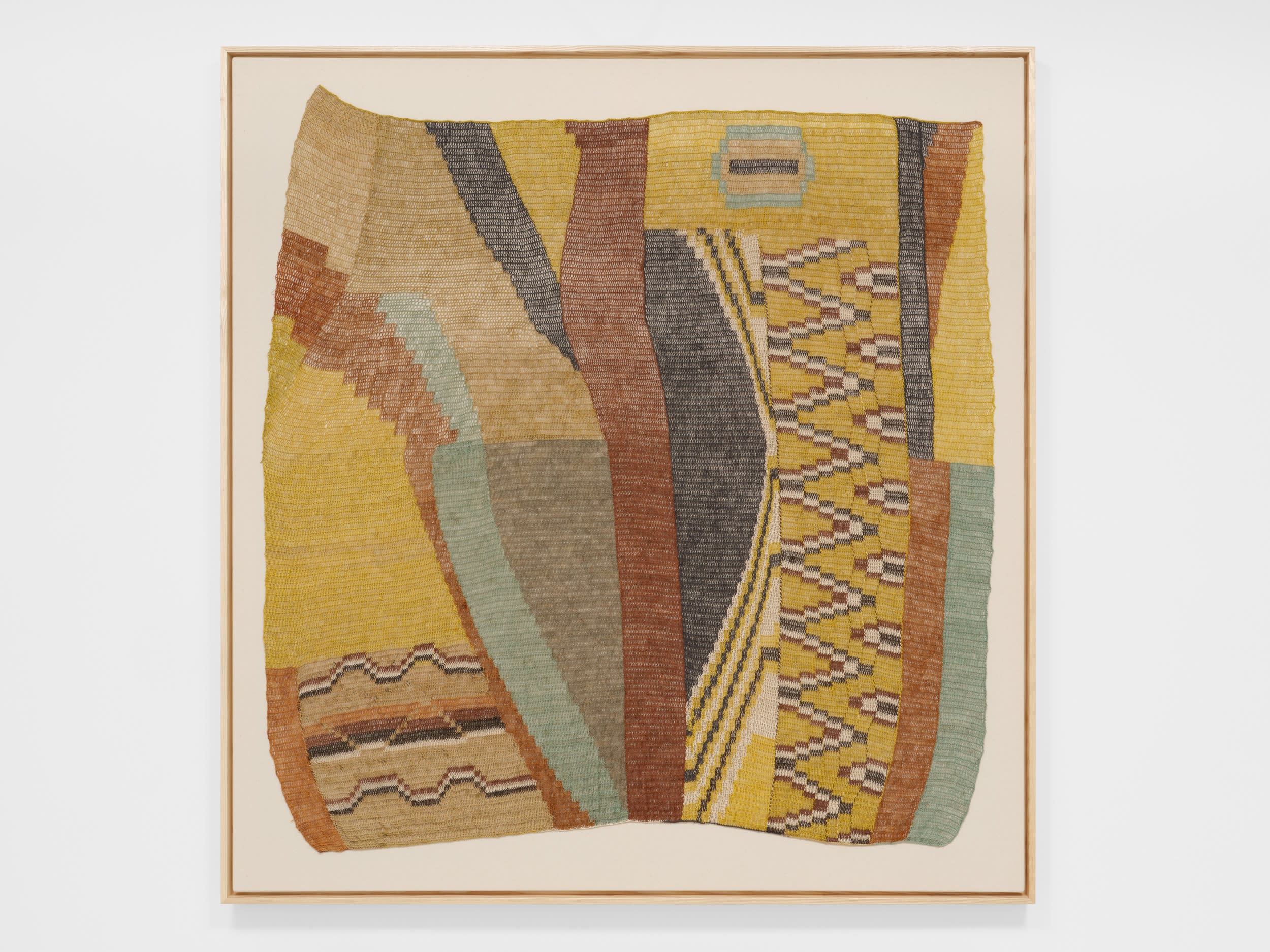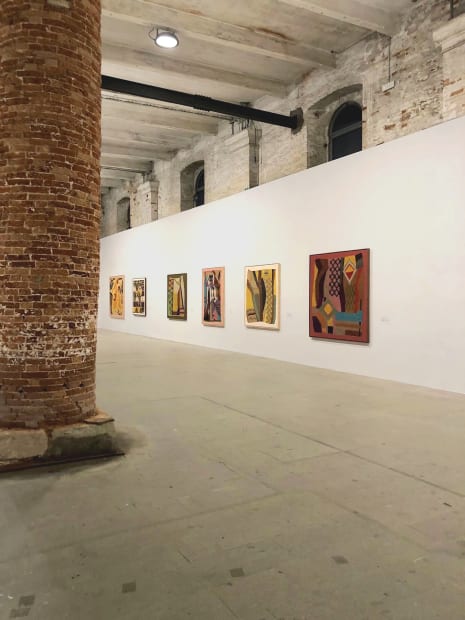-
Claudia Alarcón & Silät | La Biennale di Venezia
-
On the occasion of their participation in the 60th International Exhibition of la Biennale di Venezia, we are delighted to share more of Claudia Alarcón & Silät’s work, and Alarcón’s reflections on this achievement.
-
 Claudia Alarcón, artist and coordinator of the Silät collective. Image courtesy of Clarín.
Claudia Alarcón, artist and coordinator of the Silät collective. Image courtesy of Clarín. -
In the Press
-

The Coming of World Art at the Venice Biennale
By Barry Schwabsky, The Nation September 4, 2024Claudia Alarcón & Silät are highlighted in Barry Schwabsky's review of the Venice Biennale for The Nation. Read the full article here: https://ceciliabrunsonprojects.com/usr/library/documents/main/claudia-alarcon-and-silat-the-nation-september-2024.pdf -

In Conversation with Claudia Alarcón
By Alena Dower, émergent magazine August 19, 2024We are pleased to share an interview with Claudia Alarcón, reflecting on the artist's participation in the Venice Biennale. Read the full interview here: https://www.ceciliabrunsonprojects.com/usr/library/documents/main/claudia-alarcon-emergent-august-2024.pdf -

Further press from the Venice Biennale featuring Claudia Alarcón & Silät
Download press pack
-
-
The video below documents the artists’ process of gathering the chaguar plant, spinning and dying the fibres, and weaving together.
-
Courtesy of Andrei Fernández
-
The following words are from Claudia Alarcón, transcribed and translated from Spanish:For us women, those of us who live in these places, this is nothing new. It is a very old activity. We know well the value that our jobs have, and we have no doubt about whether it is art or not. We have been doing it for many years and we understand the value it represents. Perhaps it is not the value in money, but the value it has for the sole fact that this knowledge has belonged to our elders.
-
 Claudia Alarcón & Silät, Yachup [El verano / Summer], 2023
Claudia Alarcón & Silät, Yachup [El verano / Summer], 2023 -
From the age of twelve, I began to make yarn - learning to do something that does not require knowing how to write, but rather involves using the wisdom of weaving passed down from Wichí women. Looking at my sisters who make up the Silät group today, they really are the message. It is the message for the whole world, that the world knows about us, of this place and our work. We, who maintain our language and our fabric, two things that for us are the columns that support us.The fabric belongs to us, the indigenous women. When I began to follow my own path, I was able to show the passion I have in creating these works, because it requires great passion, from the soul, to love what we are doing. And what I am doing I do with all my heart, with all my love, in each finished work I feel great satisfaction.
-
 Claudia Alarcón & Silät, Fwuyetil [El Invierno / Winter], 2023
Claudia Alarcón & Silät, Fwuyetil [El Invierno / Winter], 2023 -
 Installation view, Claudia Alarcón & Silät in the Arsenale, Venice Biennale
Installation view, Claudia Alarcón & Silät in the Arsenale, Venice Biennale -
 Installation view, Claudia Alarcón & Silät | Nitsäyphä: Wichí Stories, Cecilia Brunson Projects, 2023. Photography by Eva Herzog
Installation view, Claudia Alarcón & Silät | Nitsäyphä: Wichí Stories, Cecilia Brunson Projects, 2023. Photography by Eva Herzog -







